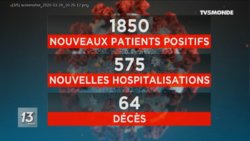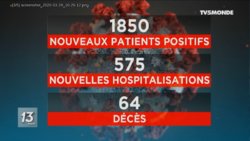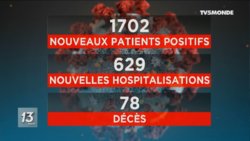Initial figures currently show of those who are put on ventilation roughly half make it, and half don't.
Does it? Initial figures I saw suggested that most of those put on ventilators were surviving but still on ventilators.
It does I think.
Firstly, I think it is important to note that according to the Italians e.g., one key lesson learnt*, in terms of ICU/ventilation support for COVID patients, is ventilation is required for a long time, usually over 2 weeks, for a patient.
If you then look at the ICNARC report dated 26th, you will see that the vast majority (over 95%) of the cases started after 12th March. What that means, is that the only meaningful statistics one can gleaned something from at this stage
initially are the numbers of those with a certain outcome: i.e. those who died (79) and those who were discharged (86) - it is not reasonable to count those who are still being treated, because one can't say whether they will survive or not having been in for under 2 weeks, with some perhaps only days if not hours.
I think c50% survival rate out of the ICUs has also been the Chinese experience. Given the numbers/% fatality, I suspect it is worse in Italy.
* as a matter of interest there are two key clinical implications regarding the c2+ weeks requirement for ventilation - the first is that those who have other issues, such as heart, renal etc. pre-existing conditions often won't make it over the two weeks because of those conditions flaring up as a result of insufficient oxygen** in the blood to and thereby compromising those organs, before them being drowned by or saved from pneumonia by allowing the lungs to recover, which ventilation can just about address. The second implication is the substantial healthcare human resource required, to maintain constant support to each patient for the duration of the ventilation treatment.
** for those interested, here is where the ECMO machines come in - unlike ventilation which essentially is jamming a tube of oxygen in one's throat when sedated, these machines actually take blood out of the vein of a patient, oxygenate it, and pump it back into an artery. These machines therefore do not rely on the dicky lungs to keep the other organs in good shape. The problem, is there are only 30 ECMO beds in the whole country.
But I am not a doctor (well not a medical one), so the above is just what I read / think to be the case...

 and the parents extra for every child present
and the parents extra for every child present 



